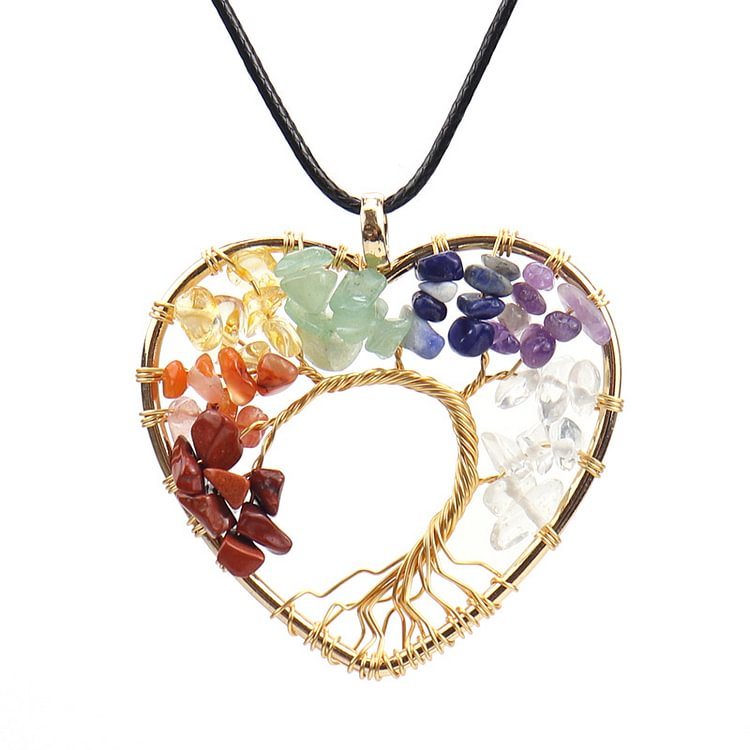Heart Chakra Strategies for Beginners
Jul 09, 2023
This passage will guide you at:
-
Introduction
-
What is the Heart Chakra?
-
Understanding Heart Chakra Imbalances
-
Heart Chakra Strategies for Beginners
-
Conclusion
Introduction
The Anahata, or heart chakra, constitutes the fourth principal chakra within the body's energetic network. Positioned at the core of the chest, it is linked to emotions such as love, compassion, forgiveness, and emotional recovery. A well-balanced and properly functioning heart chakra enables us to experience empathy, love, and harmony in our interpersonal connections. In this article, we will delve into introductory techniques for the heart chakra, examining methods to activate, stabilize, and fortify this vital energy hub.
What is the Heart Chakra?
The heart chakra serves as the core of our emotional and spiritual health. It governs our capacity to both offer and accept love, while also shaping our sense of empathy, compassion, and forgiveness. When the heart chakra is unobstructed and in equilibrium, we can forge profound bonds with others, undergo emotional restoration, and embrace self-love. Conversely, an imbalanced heart chakra can lead to feelings of isolation, insecurity, and emotional distress.
Understanding Heart Chakra Imbalances
There are several signs that your heart chakra may be imbalanced or blocked, including:
-
Difficulty in forming and maintaining relationships
-
Feeling disconnected or detached from others
-
Emotional numbness or a lack of empathy
-
Fear of commitment or intimacy
-
Holding onto past grudges or resentment
-
Experiencing heart-related physical issues, such as chest pain or high blood pressure
If you are experiencing any of these symptoms, it may be beneficial to implement heart chakra strategies to restore balance and promote emotional and spiritual well-being.
Heart Chakra Strategies for Beginners
-
Meditation
Meditation serves as an effective method for aligning and activating the heart chakra. As a novice, you can begin with a straightforward heart chakra meditation routine. Locate a serene and cozy area where you can either sit or recline. Shut your eyes and inhale deeply several times to ground yourself. Concentrate on your heart chakra, picturing a vivid green glow at the core of your chest. As you inhale, imagine this light expanding and filling your entire being with love and compassion. As you exhale, release any negative emotions or blockages. Repeat this process for at least 5-10 minutes each day to balance and strengthen your heart chakra.
-
Affirmations
Positive affirmations can be a powerful way to heal and balance the heart chakra. Recite these daily affirmations either out loud or internally:
-
"I willingly give and accept love."
-
"Forgiving myself and others comes naturally to me."
-
"My heart brims with love, understanding, and joy."
-
"I deserve affection and deep connections."
-
"I appreciate the love present in my life."
-
Breathwork
Breathwork serves as an efficient approach to open and balance the heart chakra. A straightforward method is the 4-4-4-4 breathing pattern. To perform this technique, inhale for four counts, retain the breath for four counts, exhale for four counts, and hold the breath once more for four counts. Repeat this cycle for several minutes, concentrating on your heart chakra while you breathe.
-
Aromatherapy
Aromatherapy can also help balance the heart chakra. Essential oils such as rose, geranium, lavender, and jasmine are particularly beneficial for promoting love, compassion, and emotional healing. You can diffuse these oils in your home, add a few drops to your bathwater, or apply them to your pulse points (diluted with a carrier oil) to support your heart chakra.
-
Yoga
Yoga is an excellent way to open and strengthen the heart chakra. Practicing specific poses or asanas can help release any blockages and encourage the flow of positive energy in this area. Some effective heart-opening poses include the Cobra Pose (Bhujangasana), Camel Pose (Ustrasana), Fish Pose (Matsyasana), and Upward Facing Dog (Urdhva Mukha Svanasana). Incorporating these poses into your regular yoga practice can foster a deeper connection with your emotions, promote self-love, and nurture compassion for others. Additionally, focusing on your breath during yoga and setting an intention to heal the heart chakra can further enhance the benefits of your practice.
Conclusion
In summary, the heart chakra, or Anahata, plays a crucial role in our emotional and spiritual well-being. Imbalances in this chakra can lead to difficulties in relationships, emotional distress, and physical ailments. To restore balance and promote emotional healing, beginners can utilize various heart chakra strategies, such as meditation, affirmations, breathwork, aromatherapy, and yoga. By incorporating these practices into daily life, one can open and strengthen the heart chakra, fostering love, compassion, and harmony in relationships.

















